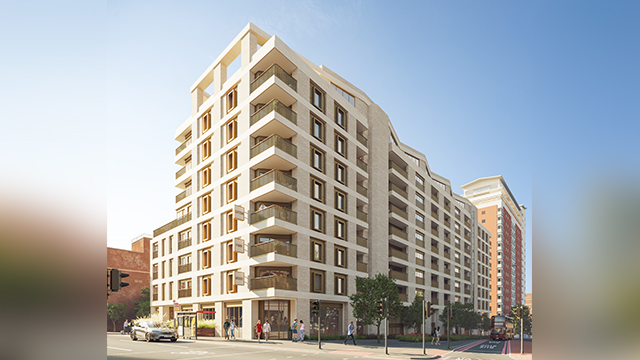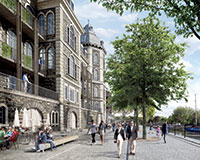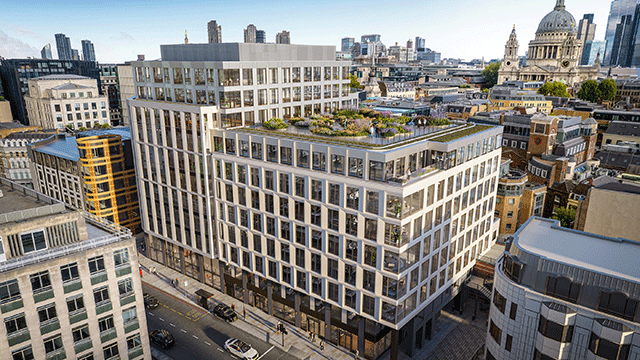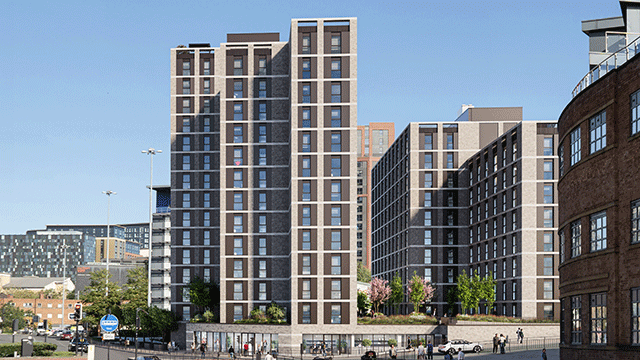Foodies are heading west. Bristol’s burgeoning food and beverage scene is bringing in the pop-ups, the entrepreneurs and Michelin-starred big shots. What’s behind the onslaught? Elaine Cavanagh reports
Bristol has a flourishing foodie market which has seen everything from debut openings by high-end London operators through new launches by local Michelin-starred restaurants, to trendy pop-ups and street food traders taking their first steps into bricks and mortar.
Now the city is reaping the rewards with a record 25 restaurants appearing in the 2017 Good Food Guide.
So why the buzz?
Will Duckworth, senior surveyor for retail with JLL, says: “Its current popularity as a foodie hub is based on a long history of successful independent food enterprises, many of them originating from Gloucester Road in the north of the city, Whiteladies Road near the centre, and from newer areas such as North Street and Cotham Hill.”
Kevin Conibear, senior associate with Fleurets, says: “Bristol also has a thriving music and arts scene which is symbiotic with food and leisure – all supported by festivals such as Grillstock, VegFest and Eat Drink Bristol Fashion.”
As well as growing its own, Bristol is on the radar of restaurateurs from further afield, particularly London-based companies. Conibear says its accessibility, and rents that look favourable compared to London prices, help to make it an “extremely attractive target”, while Jo Davis, regional senior director with Bilfinger GVA, cites demographic and lifestyle advantages. “Amongst other things, it is frequently quoted as one of the top places to live,” she says. “There is a host of such accreditations that make it of interest.”
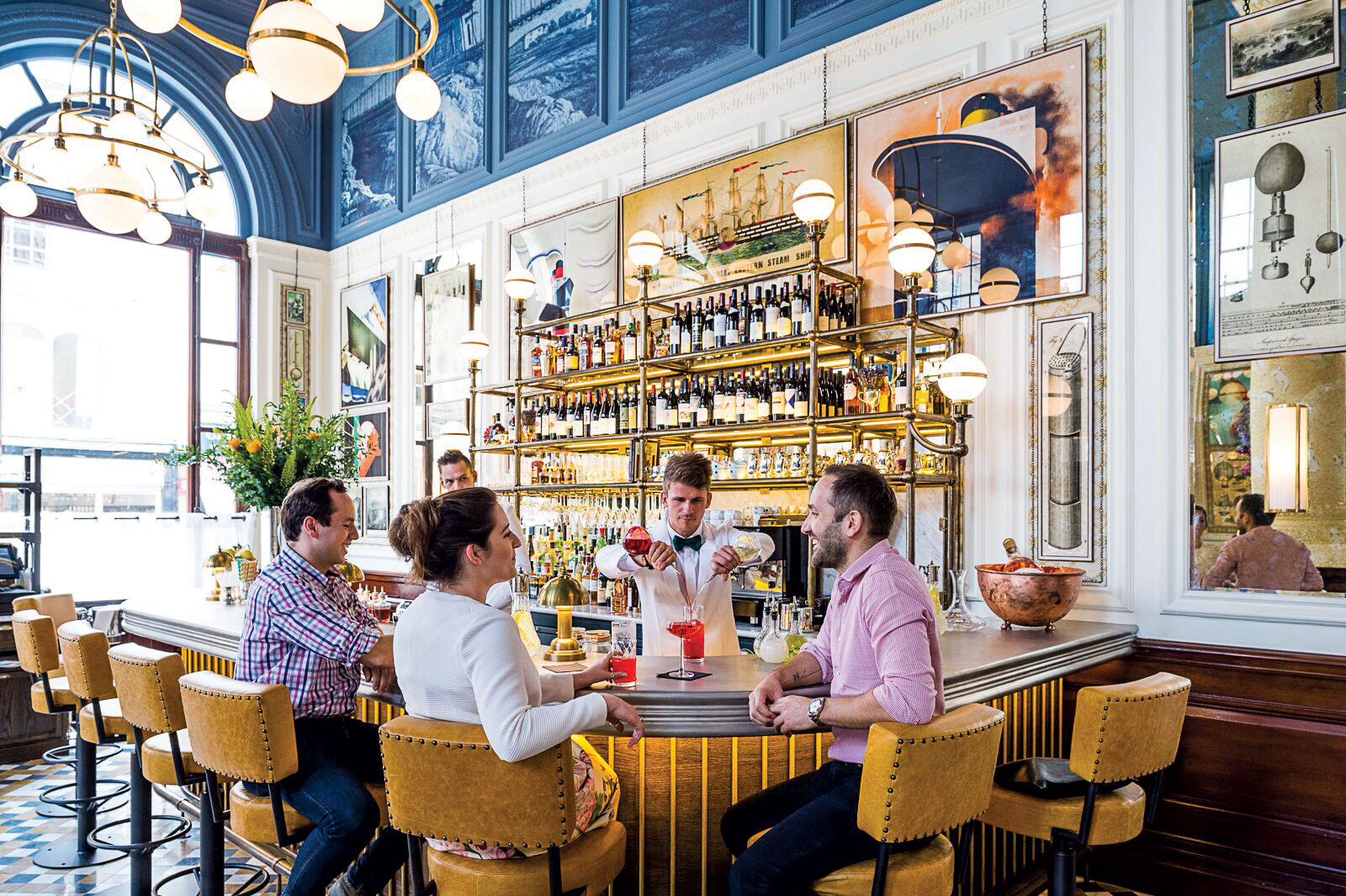
Securing a letting to The Ivy in Clifton Village was a particular triumph for Bristol this year – it is the renowned upmarket restaurant’s first branch outside London. The Ivy is targeting metropolitan cities for its new brasserie format and Chris O’Mahony, retail director with Savills, which acted for the landlord, says it was the demographics and the type of unit – a former NatWest Bank – that helped clinch the deal.
Location was also critical in the choice of Whiteladies Road for Venetian restaurant group Polpo’s first foray into Bristol – and the furthest standalone restaurant from its London heartland.
Richard Beatty, who partners Russell Norman in the venture, says they knew they wanted to be in Bristol because of the burgeoning food scene and when they saw Whiteladies Road, they knew it was right for them.
James Woodard, retail director with Polpo’s agent Hartnell Taylor Cook, explains: “It splices two good residential areas – Clifton and Redland – and they felt it was a more comfortable pitch for their brand, which is a slightly more local offering.”
Bristol is also developing a strong reputation for its creative and high-tech sectors and their demand for a quality A3 offering is seen as giving added momentum to the market – something that has not escaped the notice of developers.
Resolution Property, with two projects targeting those markets, has leased 3,000 sq ft to restaurant and bar Bambalan, run by fashionable Bristol business Hyde & Co, at its redevelopment of Colston Tower.
The firm’s asset manager James Baker says: “The city is already a significant centre for the creative industries. Those people expect to find a world-class food and leisure offer.”
When it comes to the supply pipeline, there are several schemes that will soak up some of the outstanding requirements.
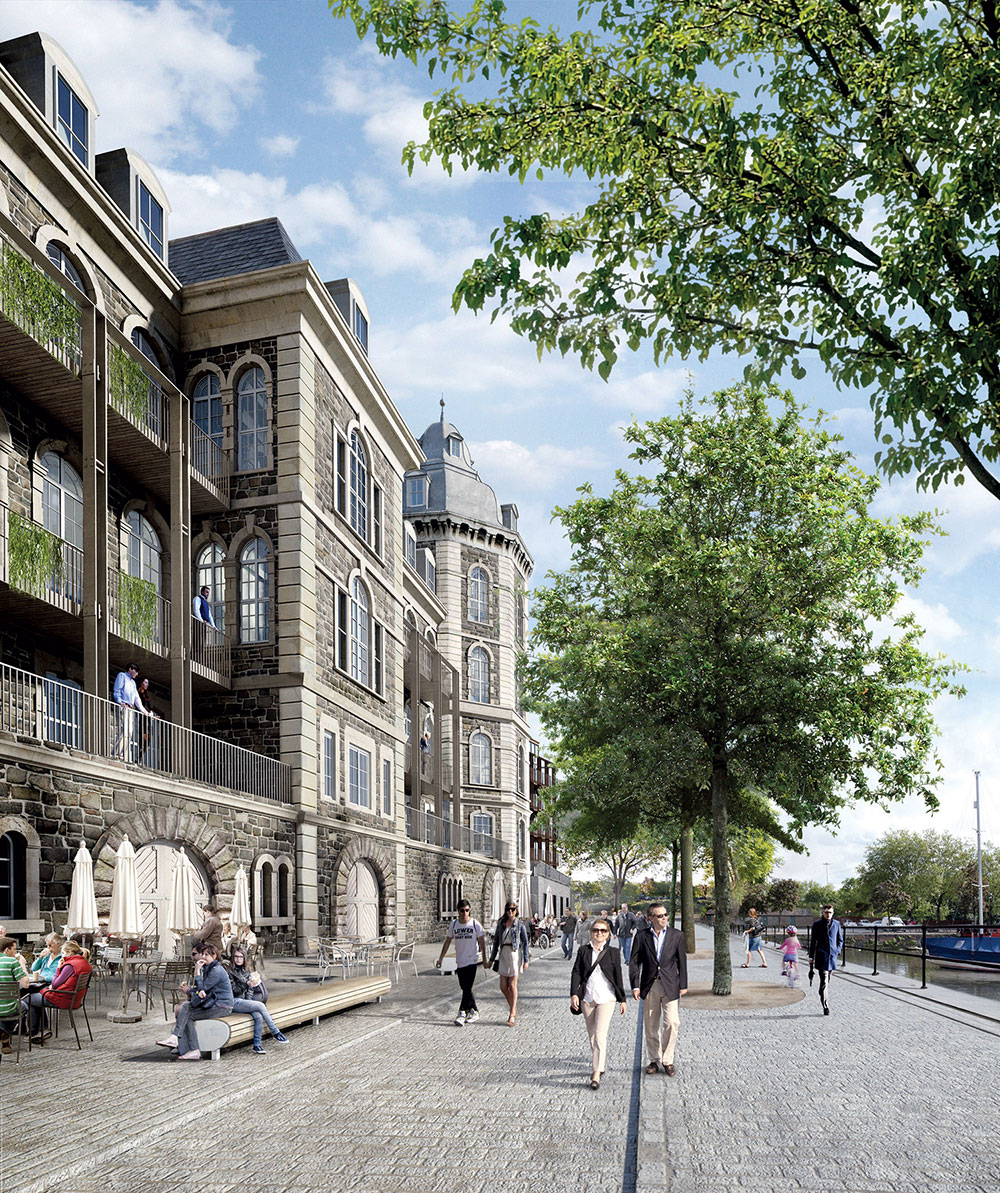
City & Country’s apartment-led redevelopment of Bristol General Hospital as The General has already secured a relocation for one of Bristol’s Michelin-starred restaurants Casamia, which now has two spin-off concepts there, pizzeria Pi Shop and, soon to open, Paco Tapas.
Phase two of Change Real Estate’s £180m Redcliff Quarter proposes a flexible space food hall, a first for the city, where a daytime fishmonger can morph into a nighttime champagne and oyster bar. The concept is being masterminded by Somerset Michelin-starred chef and champion of the annual Eat Drink Bristol Fashion event, Josh Eggleton. Independent restaurants, cafés and bars will also front a new pedestrian link.
Meanwhile, Temple Quay still has a limited food and beverage offer, but with another 1m sq ft of development to come, Alder King’s head of retail and leisure agency Charles Russell-Smith believes that makes it a next obvious target for the industry. The area has recently witnessed the first activity in a “long, long time”, he says: Friska, a healthy food concept run by two Bristol entrepreneurs, opened below The Eye residential complex, and Manchester-based wine bar Veeno, which now occupies its first Bristol space below Burges Salmon. Both are on long leases at around £20 per sq ft.
Despite the almost unbridled demand from foodie occupiers, Bristol’s rents are, apart from Queens Road and Cabot Circus, seeing little sign of upwards movement and agents put that down to the supply pipeline. So rental figures may not rise significantly for the time being but the number of listings in the Good Food Guide may well do.
New circus acts
Co-owner of Cabot Circus, Hammerson, is adding to Bristol’s rapidly expanding food repertoire with several new signings, many of them making a debut in the city and, in one case, making its arrival in the UK.
Following a 2014 review of the centre’s dining offer, Hammerson is focusing on developing the ‘grab & go’ market and extending the main mall’s food and beverage mix into the Quakers Friars area. The aim with the latter, explains Sarah Fox, Hammerson’s head of restaurants and leisure, is to create a “destinational and aspirational” offering that complements the more upmarket retailers and encourages pedestrian flow. Conversion of several awkwardly shaped retail units is enabling the process.
UK newcomer L’Osteria, a German pasta and pizza business, is fitting out a 6,700 sq ft unit, with a pre-Christmas opening planned. The firm’s Austrian franchisee has teamed up with a UK-based businessman to run L’Osteria here. Fox says: “It is a cut above other Italian offerings. Its USP is the size of the pizzas – they are massive. We think it has real legs and will do well in the UK.”
French brasserie Côte, opening its second unit in Bristol, will join them in Quakers Friars, also before Christmas.
On the first level of the main mall, Hammerson has secured Casa Brasil, with its theatrical Brazilian rodizio offering – cuts of meat on an all-you-can-eat basis – and Handmade Burger, while in Broadmead there is an opening for British-Asian inspired restaurant Itsu. All three are debuting in Bristol.
Hammerson plans another five to six restaurant openings in late 2017, followed by a focus on the grab & go market in 2018.
Whopping arrivals
The latest expansion of Wapping Wharf, Umberslade’s residential-led scheme, has seen the unveiling of Bristol’s first retail hub, based in converted shipping containers. CARGO 1, comprising 18 units, opened in October. Umberslade director Stuart Hatton, who says their long-term ownership means interesting, high-quality independents matter above covenant strength, explains: “Bristol has a great culture of street trading and we are offering a manageable step up between that and taking a longer lease on a high-street unit.”
Rents are £175 per week for a single container and among the occupiers are local foodie firms such as sausage maker The Jolly Hog, with its first Pigsty restaurant, and Lovett Pies with its debut retail operation. The site has also attracted experienced independents – Woky Ko, run by Masterchef finalist Larkin Cen, and Chicken Shed, co-run by Michelin-star chef Josh Eggleton.
Wapping Wharf has already attracted Bristol independents to other space – for example, Little Victories, a new eatery run by John Drysdale, whose Small Street Espresso is already well established in the city.
Drysdale was an early fan of Wapping Wharf. “We could see that the combination of location, potential and the fact that the developers wanted independents made it work for us.”
CARGO 2 – with a different occupier mix – will follow and construction begins next year on phase two of the main development, including more retail units. Hatton hopes that by then some of his shipping container tenants may be confident enough to upgrade to one of these full-size properties.





